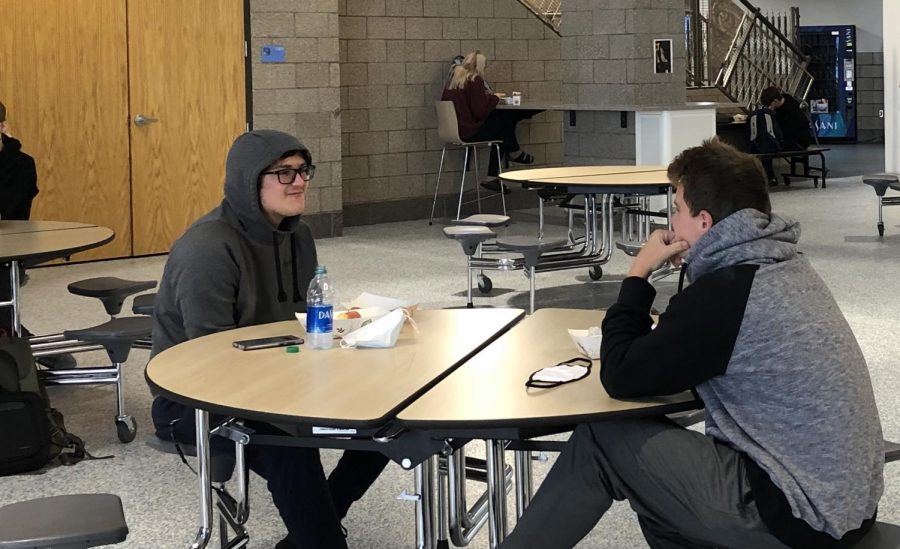Block Scheduling for a Change
October 12, 2020
The Board of Education and administration for the Superior High School spent the spring and summer of 2020, according to assistant principal Andrea Sorensen, researching the best way to go about a schedule for the 20-21 school year. They were looking for a schedule that would be the safest way to approach the COVID-19 pandemic sweeping the country.
Principal Rick Flaherty introduced the idea of cohorts, blocks, and skinnies during the planning stage. His idea was adopted. Cohorts are days certain students come into school based on their last names. Students whose last names begin with A through L (Cohort A) attend school Monday and Tuesday. Students with the last names starting with M through Z (Cohort B) come into the school Thursday and Friday.
Blocks, two hours long each, were only afforded to core classes. According to Flaherty, he “hopes for fewer failing grades but time will tell.” Skinnies are made up of electives and AP classes for an hour each. They also whittled down the seven class periods into six to fit the blocks and skinnies.
Projecting that about 20% of students would decide to stay home, administrators looked at the numbers of students and class sizes, starting with core classes first and then fitting electives into the schedule. The Board of Education exempted this year’s freshman from having Keystone as a graduation requirement. Instead of getting the state-mandated requirements in the advisory class.
Removing the keystone class was not an easy decision because it had been a good segue for 9th graders to come to highschool.
Sorensen said, “I am proud of everybody, how they have adjusted and been flexible.”
She realized kids and teachers worked together to fix issues that arose. Kids used their technology and real-life experiences to solve problems and teach the teachers.
However, some students think the schedule is not working out the best. Senior Emma Bradley said, “I believe the schedule is the greatest option for safety but when it comes to schoolwork it is a struggle for students like her.”
The schedule left her with too much free time in the five days out of school to do her homework. She procrastinates and ends up having three to four days of homework from six classes to do over the weekend. She is also upset because electives had been cut out of her schedule and then many of her classes had to be moved to the second semester.
Another schedule change is lunch, many of Bradley’s friends are in other lunches or even another cohort. The lunches have been cut into four different parts, each still has an hour. She can only sit with one friend during this time and when they are dismissed, by an administrator she has to walk a certain way to get to her next class. However, since these lunches are smaller than they had previously been, it’s easier on administrations to keep track of and make sure social distancing is happening.
“Lunch for me was the most stressful part of my day. I dreaded it,” Sorenson said.
New sizes of lunches greatly reduce the stress because currently this year there have been zero physical fights and referrals have gone down. When asked, Flaherty had said he hopes this continues throughout the year into the second semester, which will look very similar to the first semester. Although there is no guarantee that it will come to this, staff and students are still preparing for it.




brooklynn jones • Oct 18, 2020 at 3:13 pm
Glad to see the website up again, good article!!!:)
Olivia • Oct 13, 2020 at 2:15 pm
Wow Taylor great interview! I’m so proud of you!